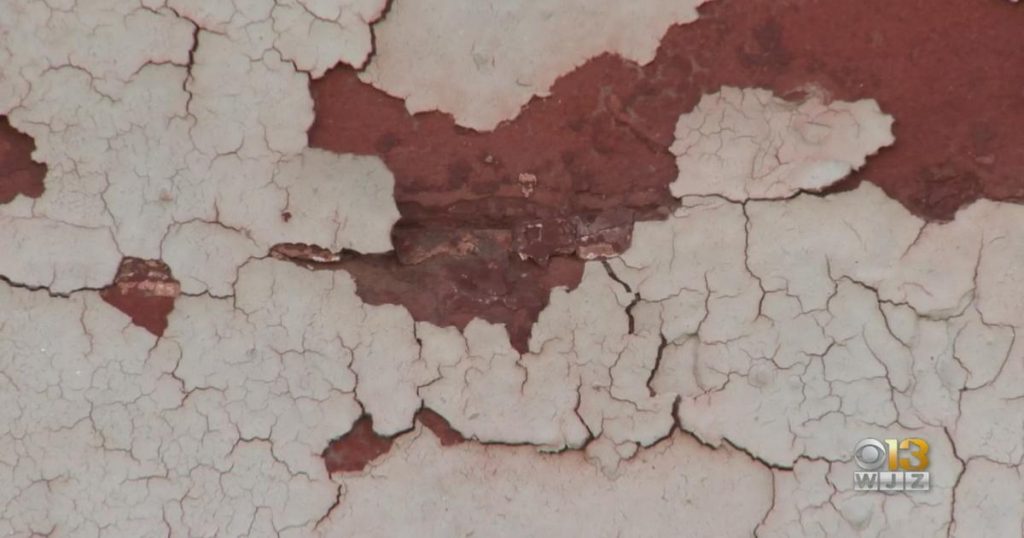The EPA has announced a new rule that imposes strict limits on lead dust from paint in older homes and child-care facilities. The rule sets limits on lead dust on floors and window sills in pre-1978 residences to levels so low they cannot be detected. This rule aims to reduce lead exposure for up to 1.2 million people per year, including 178,000 to 326,000 children under age 6. Lead is a neurotoxin that can harm brain development in children, lower IQ, cause behavioral issues, and have lasting health effects. The new rule targets levels of lead dust generated by paint, bringing down the hazardous levels to no detectable lead.
Public health experts have welcomed the EPA’s new rule as a necessary step to protect children from lead poisoning, which disproportionately affects low-income communities and communities of color. The EPA’s rule is seen as a proactive measure to address lead exposure rather than relying solely on blood lead levels in children to indicate environmental lead. The EPA’s rule comes after gradual reductions in the standard for poisonous levels of lead in children’s blood, with the most recent change in 2021. Environmental justice advocates have long advocated for stricter regulations to protect vulnerable communities from lead exposure.
The new rule also impacts lead abatement contractors, requiring them to adhere to specific work practices and certification requirements when working on properties with identified lead problems. Testing is required after the work to ensure dust-lead levels are below the new standards. The rule aims to bring the United States closer to eradicating lead-based paint hazards in homes and child-care facilities. The EPA estimates that the new rule will significantly reduce lead exposures and protect the health of children and other vulnerable populations from the harmful effects of lead poisoning.
The EPA’s new lead dust rule is a significant step towards addressing environmental hazards in older homes and child-care facilities. Lead paint was banned in 1978, but many homes still contain it, putting children at risk of lead exposure. The new rule sets strict limits on lead dust on floors and window sills, with the goal of making it undetectable. Lead is a toxic substance that can have lifelong health effects, especially on children’s developing brains. The EPA’s rule aims to protect vulnerable populations from the dangers of lead exposure and improve public health outcomes.
Environmental justice advocates have long called for stricter regulations to protect communities from lead exposure, as lead poisoning disproportionately affects low-income and communities of color. The new rule is seen as a positive step towards addressing lead hazards in homes and child-care facilities. By setting limits on lead dust and requiring abatement contractors to follow specific work practices, the EPA aims to reduce lead exposures and protect the health of children and other at-risk populations. The new rule aligns with efforts to create a healthier environment and prevent the harmful effects of lead poisoning on public health.


